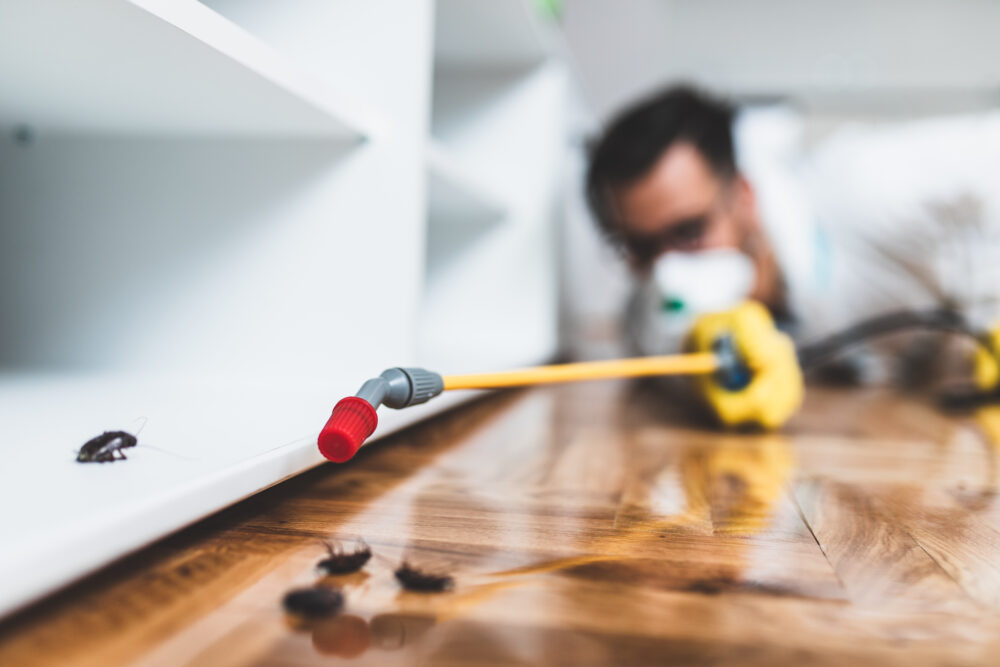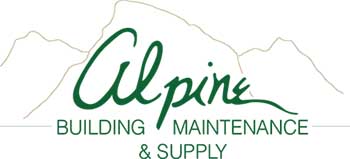Stop Pest Problems Before They Start: Your Cleaning Guide
You’ve dealt with the ant invasion in your kitchen, battled the roaches in your bathroom, and finally gotten rid of those persistent flies buzzing around your workspace. The pest control treatment worked perfectly—for a while. Then, just when you thought you were in the clear, you spot that telltale sign: a single ant marching across your counter, a roach scurrying behind the refrigerator, or mysterious droppings appearing where they shouldn’t be.
This frustrating cycle affects countless property owners every year. According to the National Pest Management Association, 84% of homeowners have experienced pest problems that seemed to return after treatment. The disappointing truth is that most people focus entirely on elimination while overlooking the critical component of prevention: consistent, targeted cleaning practices.
At Alpine Building Maintenance and Supply, we’ve witnessed this pattern repeatedly across commercial and residential properties. The difference between clients who experience recurring pest issues and those who maintain pest-free environments often comes down to their approach to regular maintenance cleaning.

Understanding the Pest Recurrence Cycle
Pests don’t randomly choose your property as their new home. They’re attracted by three fundamental elements: food sources, water access, and shelter opportunities. When these attractants remain present after treatment, you’re essentially rolling out the welcome mat for the next wave of unwanted visitors.
Professional pest treatments eliminate current populations but don’t address the underlying conditions that drew pests initially. This creates what pest management experts call the “recurrence window”—typically occurring 2-8 weeks after treatment when new pests discover the same attractive conditions that brought their predecessors.
The Hidden Attractants in Your Space
Many property owners underestimate how small traces of organic matter can signal an open invitation to pests. Microscopic food particles lodged in appliance crevices, sticky residues on surfaces, or moisture accumulation in forgotten corners create powerful attractant signals that can travel surprising distances.
Research from entomology departments shows that certain ant species can detect sugar sources from over 13 feet away, while cockroaches can survive on crumb residues so small they’re invisible to the naked eye. These findings highlight why surface-level cleaning often falls short of true pest prevention.
Strategic Cleaning for Long-Term Prevention
Breaking the pest recurrence cycle requires shifting from reactive cleaning to proactive maintenance strategies. This means developing systematic approaches that address pest attractants before they become problematic.
Deep Cleaning High-Risk Areas
Focus your efforts on zones where pests typically establish footholds: kitchen areas, food storage spaces, moisture-prone locations, and entry points. These areas require more frequent attention and specialized cleaning techniques that go beyond standard surface maintenance.
Pay particular attention to appliance surroundings, where grease and food particles accumulate in hard-to-reach spaces. Behind refrigerators, under stoves, and around dishwashers, organic buildup creates ideal pest breeding conditions. Regular deep cleaning of these areas disrupts pest establishment patterns significantly.
Moisture Management and Sanitation
Water sources attract pests as powerfully as food sources. Addressing moisture issues through consistent cleaning and maintenance creates inhospitable conditions for most common pest species. This includes managing condensation around HVAC systems, addressing minor plumbing leaks promptly, and ensuring proper ventilation in humid areas.
Drainage areas require special attention, as organic matter in drains provides both food and breeding sites for various pest species. Regular drain cleaning and maintenance prevent the accumulation of organic films that attract pests and support reproduction cycles.
Creating Sustainable Prevention Habits
Successful pest prevention depends on consistency rather than intensity. Establishing manageable routines that address pest attractants before they accumulate proves more effective than sporadic deep cleaning efforts.
Timing and Frequency Considerations
Different areas require different maintenance schedules based on their attraction potential. High-traffic food areas benefit from daily attention, while storage areas and utility spaces may require weekly or bi-weekly focused cleaning. Understanding these rhythms helps you allocate cleaning efforts efficiently while maintaining prevention effectiveness.
Documentation of cleaning activities also helps identify patterns and adjust strategies based on seasonal pest pressure changes. Many pests follow predictable seasonal patterns, allowing you to intensify prevention efforts during peak activity periods.
Ready to break the cycle for good? Alpine Building Maintenance and Supply specializes in comprehensive cleaning strategies designed specifically for pest prevention. Our experienced team understands the connection between proper maintenance and long-term pest control success. Contact us today to develop a customized cleaning plan that keeps your property pest-free year-round.
